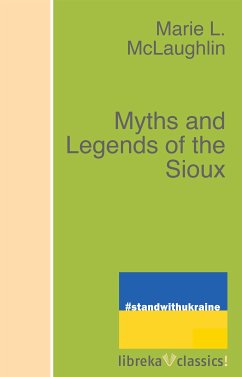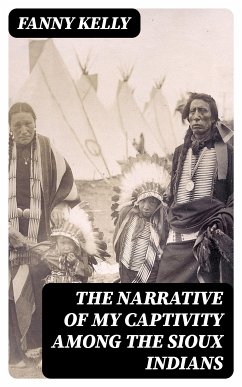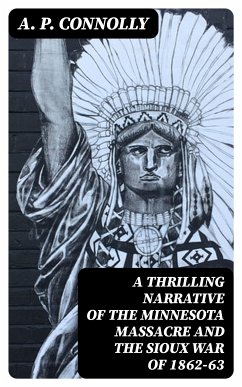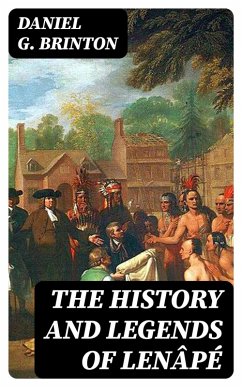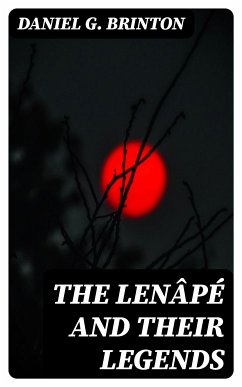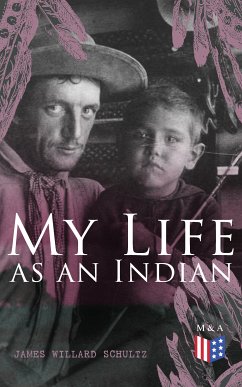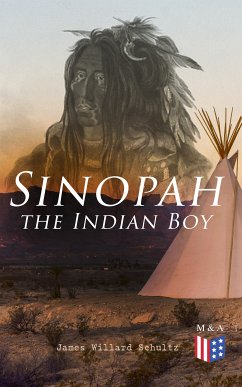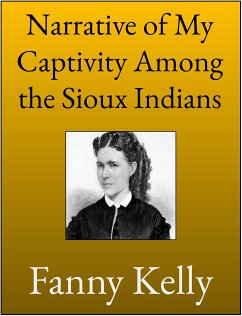
Dahcotah: Life and Legends of the Sioux Around Fort Snelling (eBook, ePUB)

PAYBACK Punkte
0 °P sammeln!
In "Dahcotah: Life and Legends of the Sioux Around Fort Snelling," Mary H. Eastman offers a profound exploration of the Sioux Nation, weaving together personal narrative, historical account, and cultural commentary. Written in the 19th century, the book showcases a vivid literary style, characterized by rich descriptions and emotive storytelling that illuminate the complexities of Sioux life during a period of significant change. Eastman's work serves as both an ethnographic study and a poignant reflection on the interplay between indigenous culture and Euro-American encroachment, capturing th...
In "Dahcotah: Life and Legends of the Sioux Around Fort Snelling," Mary H. Eastman offers a profound exploration of the Sioux Nation, weaving together personal narrative, historical account, and cultural commentary. Written in the 19th century, the book showcases a vivid literary style, characterized by rich descriptions and emotive storytelling that illuminate the complexities of Sioux life during a period of significant change. Eastman's work serves as both an ethnographic study and a poignant reflection on the interplay between indigenous culture and Euro-American encroachment, capturing the essence of the Sioux's rich oral traditions and legends as they coexisted with the encroaching settlers at Fort Snelling. Mary H. Eastman, a prominent figure in American literature and the wife of an Indian agent, was deeply immersed in the cultural tensions of her time, which provided her with unique perspectives on Native American life. Her personal experiences and connections with the Sioux community, coupled with her sensitivity to their struggles, are woven into the narratives she presents. As a female author in a male-dominated literary era, Eastman's work stands out for its empathetic portrayal of a marginalized culture, challenging prevailing stereotypes of her time. I highly recommend "Dahcotah" to readers interested in American history, indigenous studies, or ethnography. Eastman's insights provide a nuanced understanding of Sioux culture and the impact of colonialism, making this book an essential read for anyone seeking to grasp the intricate relationship between Native American tribes and European settlers.
Dieser Download kann aus rechtlichen Gründen nur mit Rechnungsadresse in A, B, BG, CY, CZ, D, DK, EW, E, FIN, F, GR, H, IRL, I, LT, L, LR, M, NL, PL, P, R, S, SLO, SK ausgeliefert werden.




